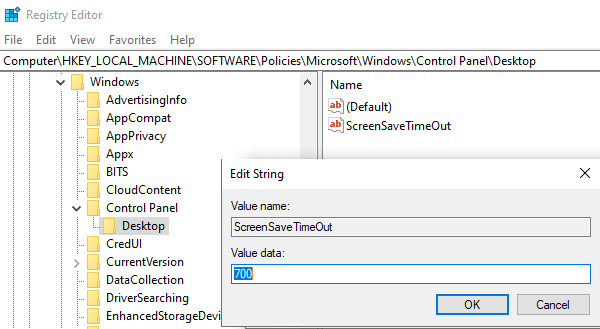

However, when I installed the Microsoft tool, it did nothing. I found a Microsoft entry which indicated the problem exhibited registry issues. The tutorial for the tool provides no clear indication of what entries to use for the fixit script and in some of the situations, it seems there are possibly confusing exceptions. I have intalled the tool and produced the scan output. It appears the authors of that tool provided the fixit script that got the user back on the air.
DCOM STARTUP TIME REGISTRY VALUE HOW TO
The Farbar Recovery Scan tool seems to provide lots to work with but almost no indication as to what is causing the problem and little insight into how to fix it. I looked at the web page and was overwhelmed. Finally, if the problem occurs on a machine without VS, you can use WinDBG instead to debug the process.Thanks for the reference in your post. If a debug is needed, you can have the debugger attached as soon as the exe is launched following these instructions. This would make it easy to find any access denied problems, as well as show you the relevant the stack trace. What I would do is first monitor the server activity using ProcMon. A change of user can cause some directories or registry hives to become inaccessible, possibly breaking the initialization. Check any initializations you do (global variables constructors etc.) and make sure no exception is thrown or so. I would look for the cause of the problem in your server startup before I'd look into COM. They fall between the system administrator and the programmer, and until one knows enough about the other's part they can be quite hard to overcome.Īs for your particular problem, the cause of this error message is a too long server startup, delaying the call to CoRegisterClassObject till after the timeout expires. Permissions issues when using DCOM can make you miserable. You can find some more specific (but simplified) directions at Dcomcnfg will help you resolve the latter two.
DCOM STARTUP TIME REGISTRY VALUE CODE
DCOM settings for a particular component resolve in the following precidence: CODE EXECUTED, PROGRAM SETTINGS, and DEFAULT MACHINE SETTINGS.

If it is a security problem it will stick out like a sore thumb and you can adjust accordingly. Simply attempt to induce the error (run the program) and review the system and security logs on both machines. this may not be right.įifth, before it gets too complex. Otherwise, assume for netbios ports and your applications by exename (135/139udp). Temporarily disable it.but only if it is safe. For both in the same domain, worry not as the domain based credentials for one machine will be the same as the other.įourth, get the firewall out of the way if you can. That is, for the login running the process on the originating machine, identical credentials must exist on the target computer. If both machines are in different domains or one (or both is in a workgroup) understand the required common security that is, credentials must be common or synchronized on each machine. Third, get a grasp on the security required. secpol.msc\security settings\security options\network access: Sharing as security model for local accounts (set to classic) If both are in a domain, then it is likely disabled. Insure that Simple File Sharing (also known guest only authentication) is disabled on both originating and target computers. Second, change a default workgroup setting known to stomp all over DCOM. You'd do well to do it on the target machine.Ĭrank Up DCOM event logging as well. As far as the 80/20 principle goes.here are some simple rules to get you in the ballpark.įirst, make security visible: Fire Up SecPol.MSC on your originating machine, locate Local Policies/Audit Policy and turn up auditing on every event type. When dealing with DCOM across machine boundaries the problem is most likely to be security from Conflicting and/or no Credentials, firewalls, and DCOM settings for the local machine and application. It helps to have admin rights on both originating and target computers.(at least to configure and inspect)ĭCOM can be bewildering.

Here are a few tips to help you solve problems. As I don't completely understand the context.


 0 kommentar(er)
0 kommentar(er)
